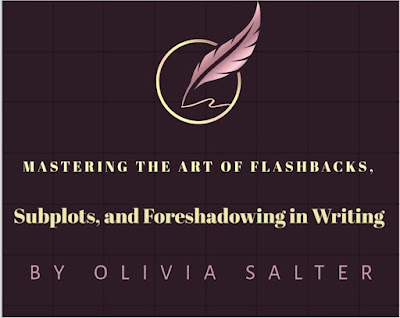Permission to be Bad
by Randy Ingermanson
Advanced Fiction Writing
Writing a first draft is hard. You have to create a group of interesting characters in an interesting storyworld, force them into conflict in scene after scene, and never let the story go flat.
For some writers, writing a first draft is also fun. They write with abandon, pushing out the words, getting the story down on paper. But the problem is that when these writers finish the novel and actually look at what they wrote, they usually find that the first draft is bad.
For other writers, writing a first draft is torture. They labor over every single sentence. They sweat the small stuff and the smaller stuff. And then when the story’s finally written, and they actually look at what they wrote, they usually find that the first draft is bad.
There’s a pattern here.
The First Draft is Usually Bad
I suppose a few lucky writers don’t write bad first drafts. But most writers do.
And that’s OK.
For most writers, a bad first draft is the necessary step to writing a fairly good second draft. Which is the necessary step to writing a pretty good third draft.
And eventually, after enough drafts, the story turns into a very good final draft.
What If Your First Draft is Good?
That’s great, if your first draft is good! Super, actually. Amazing. You are not like most writers.
If you are lucky enough to write awesome first drafts, be happy. But don’t tell anyone, because most writers don’t, and some of them will get downright snippy if you tell them your first drafts are amazing.
Some of them will sneer at you and say that if you really can’t improve on your first draft, you can’t be much of a writer.
Pay no attention to those naysayers. But do get your manuscript edited, because even good manuscripts have issues.
But the fact remains that most writers write awful first drafts most of the time. I certainly do.
Is It Bad to Be Bad On the First Draft?
No, it’s not bad. It’s uncomfortable. It’s discouraging. It can be downright debilitating.
But it’s normal.
If you just remember it’s normal, that may keep you from beating yourself up.
You have permission to write a bad first draft. You have permission to be awful. You have permission to write the worst drivel ever.
Because you can fix it in the next draft. Or the one after that. Or the one after that.
But you’ll never fix it unless you first write it.
So get it written, as the old slogan goes, and then get it right.
And you have permission to take as many drafts as you need to get it right.
Homework—A few questions to think about
- Are you working on the first draft of a novel right now?
- Is it coming along more slowly than you’d like?
- Are you worrying too much about making it perfect?
- Would it hurt to leave some work for the second draft?
- Would it speed things up to give yourself permission to be bad? (Just for this draft?)
It may be that none of these questions apply to you. If not, then keep doing what you’re doing. But I’m betting these questions apply to a lot of writers.








